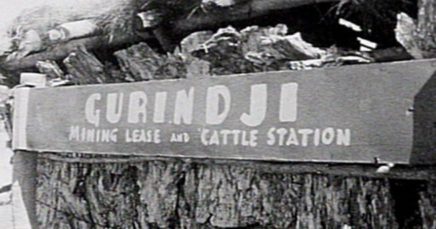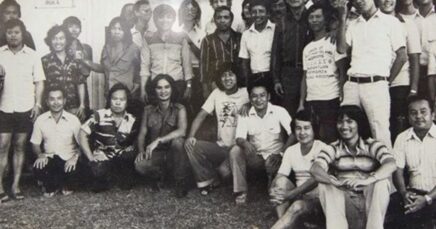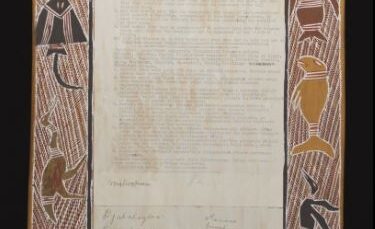Watch Video
Read Article

On Friday 24 June we celebrate the anniversary of the first Sydney Mardi Gras, which took place in 1978.
You may be aware that Mardi Gras began as a celebration – and a protest! A protest against oppression and for the right for LGBTIQA+ people to live our lives freely and openly.
But have you heard the story of the trade union contribution to this struggle for equality?
In 1973 the Builders Labourers’ Federation in New South Wales took industrial action to protect the rights of Jeremy Fisher.
Fisher was a Gay Liberation activist and a resident at the Robert Menzies College at Macquarie University – a student residential block under construction at the time.
Fisher was barred from returning to his accommodation after the administration discovered he was gay.
When activists campaigning against Fisher’s ban brought this to the attention of the Builders Labourers’ Federation, union members working at Macquarie University walked off the job until he was allowed to return.
This is believed to the world’s first industrial action in support of LGBTIQA+ rights.

In 1975, teachers in Melbourne founded the Gay Teachers Group (similar groups later formed elsewhere).
While this was not formally a union group, the historian of the movement, Graham Willett, wrote that the organisation “was to have a close relationship with the Victorian teachers’ unions during the last half of the 1970s and had significant input into their policies and practices.”
The Victorian Secondary Teachers’ Association (a forerunner of the AEU) established a “Sub-Committee on Homosexuality” to provide a space for organising and policy development in 1976.
In 1978, Sydney LGBTIQA+ activists working under the banner of the “Gay Solidarity Group” organised the first Mardi Gras. There was to be a daytime protest and a night-time celebration on the 24th of June.
Many union activists were involved in organising the event and took part in the protest march during the day.

After night fell, participants enjoyed themselves as they marched down Oxford Street. There was singing, dancing, and general expressions of joy at being together, and being able to publicly express their identity.
But soon the atmosphere changed as police began to harass the marches. Police attempted to arrest the driver of the sound truck.
Hundreds of police soon surrounded the marchers – and then the police attacked.
Many protestors were bashed. 53 were arrested.
The Sydney Morning Herald newspaper went so far as to print the names, addresses, and professions of the people arrested – exposing them to victimisation, discrimination, and potentially even violence.
A massive “Drop the Charges” campaign began to defend the arrestees, with many union activists involved.
The LGBTIQA+ protestors refused to be intimidated. The Second Mardi Gras, in June 1979, attracted double the size of the first one. The first Mardi Gras was a major charge to LGBTIQA+ activism.
This included the formation of the Gay Trade Unionist Group later in 1978. It brought unionists together in Sydney (and later in Melbourne) to educate, organise, and take action.

These unionists protested, shared their experiences, and pushed, often with great success, for unions to adopt policies that supported rights of Gay and Lesbian (in the language of the time) members.

In 1981, the ACTU reached out to all of its affiliated unions seeking their support for the insertion of non-discrimination clauses into federal awards.

The next chapter of the history of LGBTIQA+ worker activism is a difficult one to tell. As the 1980s progressed, activism around the AIDS pandemic became the vital focus of much of the LGBTIQA+ community. In future posts, this activism will be further explored.
But today, we stop and remember the history of LGBTIQA+ workers who took action in the streets, in their workplaces, and in their unions, to combat homophobia and transphobia and to end discrimination.
This is an ongoing struggle. Its history is a living legacy.
There are many LGBTIQA+ unionists out there today organising and making change alongside their allies and comrades in the union movement – continuing the proud legacy of those who came before us.



